Heirloom sewing might sound fancy, and honestly, it is. But it’s also incredibly rewarding. Traditionally, it involved a lot of hand stitching to create those delicate details you see on vintage baby dresses, christening gowns, and old linens like scallop stitch.
The good news?
Heirloom Stitch
You don’t have to spend hours hand-sewing to get that same elegant look. With the right sewing machine, a few speciality feet, and a little practice, you can recreate heirloom techniques entirely by machine. And still get those soft, timeless results.
It’s a beautiful way to blend vintage style with modern tools, especially if you love slow fashion or want to create keepsakes that actually last.
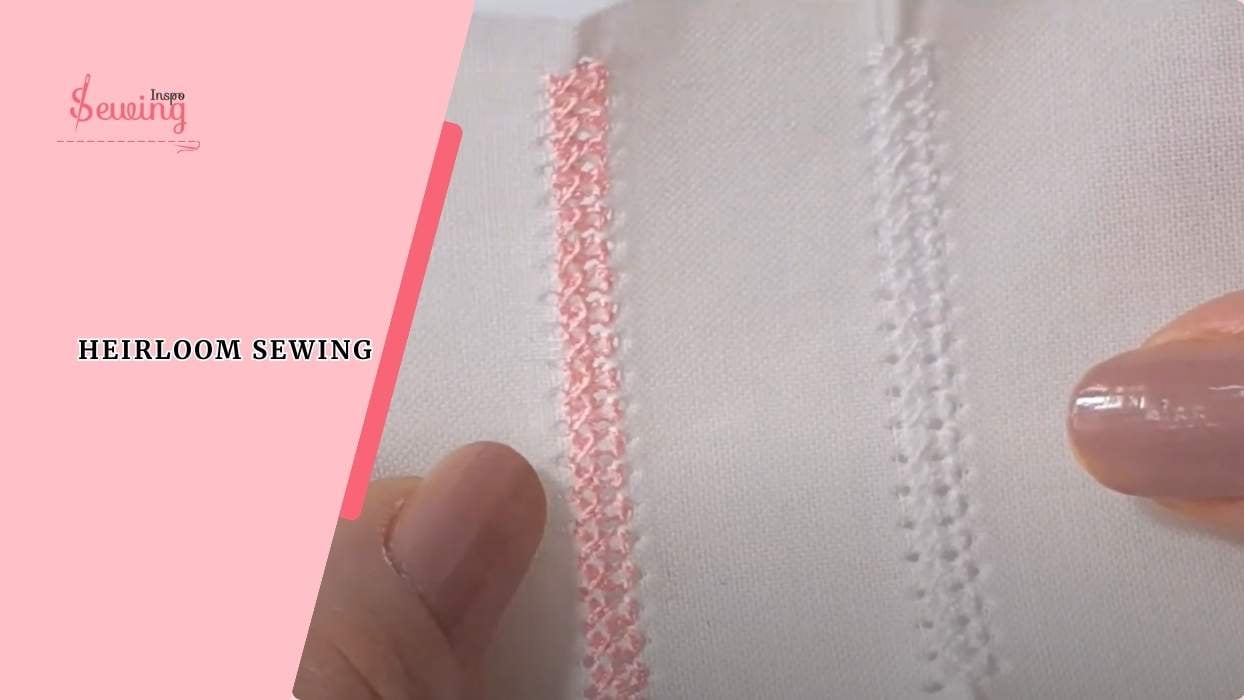
Table of Contents
What Is An Heirloom Stitch On A Sewing Machine?
An heirloom stitch is one of those delicate, decorative stitches you use when you want something to feel timeless and extra special, like herringbone stitch.
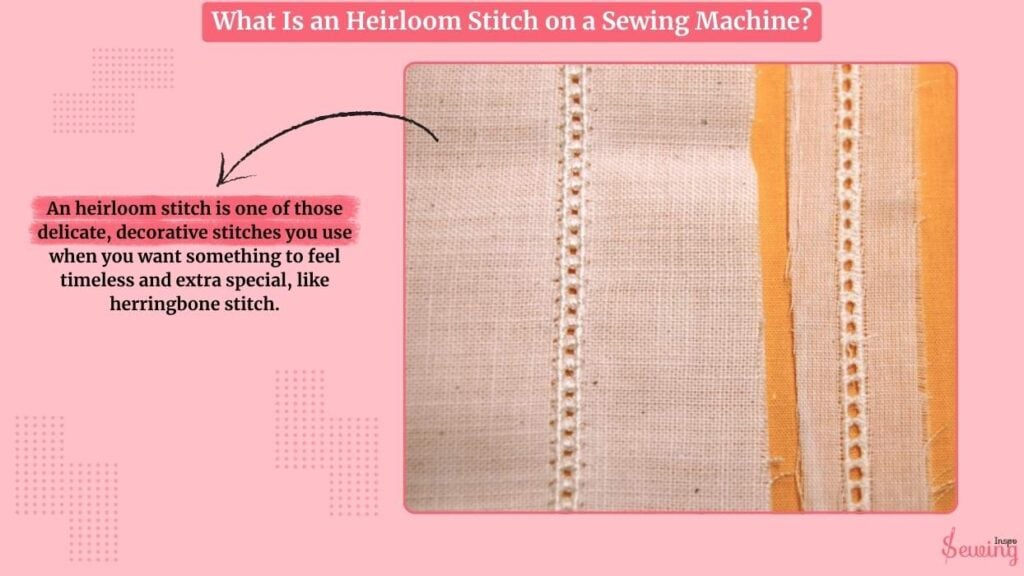
It usually stitches it on lightweight fabrics like cotton batiste, voile, or linen, and it can be used for things like lace insertion, tiny tucks, or subtle openwork details. It’s not just pretty. It feels meaningful. That’s why heirloom sewing is quite popular.
Heirloom stitch all started back in the late 1800s when French nuns hand-stitched lace onto delicate fabrics for royal families. Their work was so beautiful that it was saved, loved, and passed on.
Today, we get to carry on that same spirit. Just with a little help from our sewing machines.

What Needle Is Used For Heirloom Sewing?
For heirloom sewing, the most commonly used needle is a wing needle. It has all the good reasons to be.
Wing needles have small “wings” or flanges on each side that spread the fabric fibres apart. It creates tiny holes that mimic hand-done hemstitching or lacework on a sewing machine.
Ok, but what is the perfect needle size for heirloom stitch? Well,
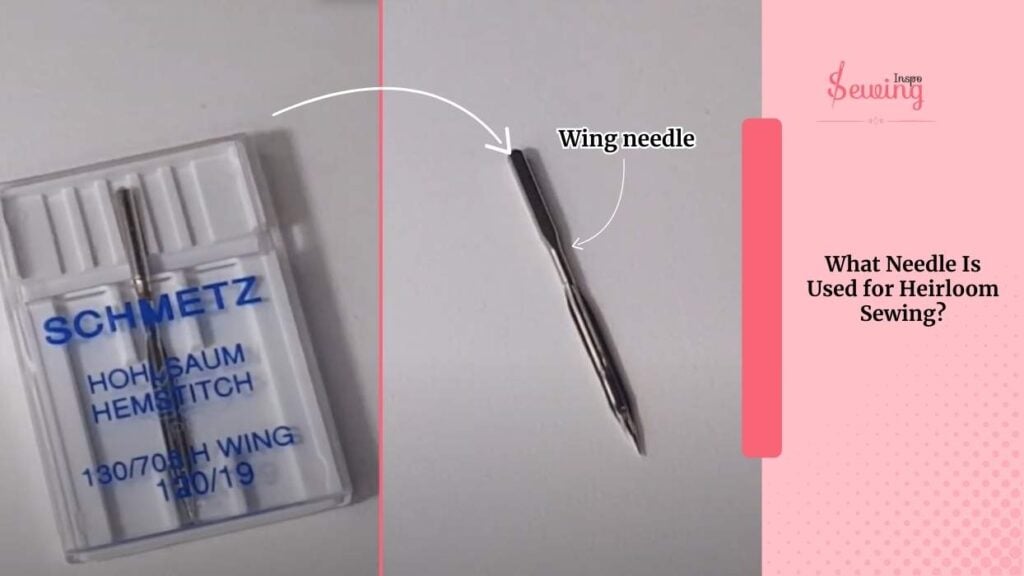
The needle size really depends on the weight of your fabric. For lightweight materials like batiste or voile, I go with a smaller needle like a 60/8 or 70/10. So, it doesn’t snag or leave big holes. If I’m working with something a bit heavier, I’ll size up to an 80/12 or even a 90/14 to handle the thickness better.
How Does Heirloom Sewing By Machine Work?
After learning about this stitch, I jumped right into trying it. So I figured out,
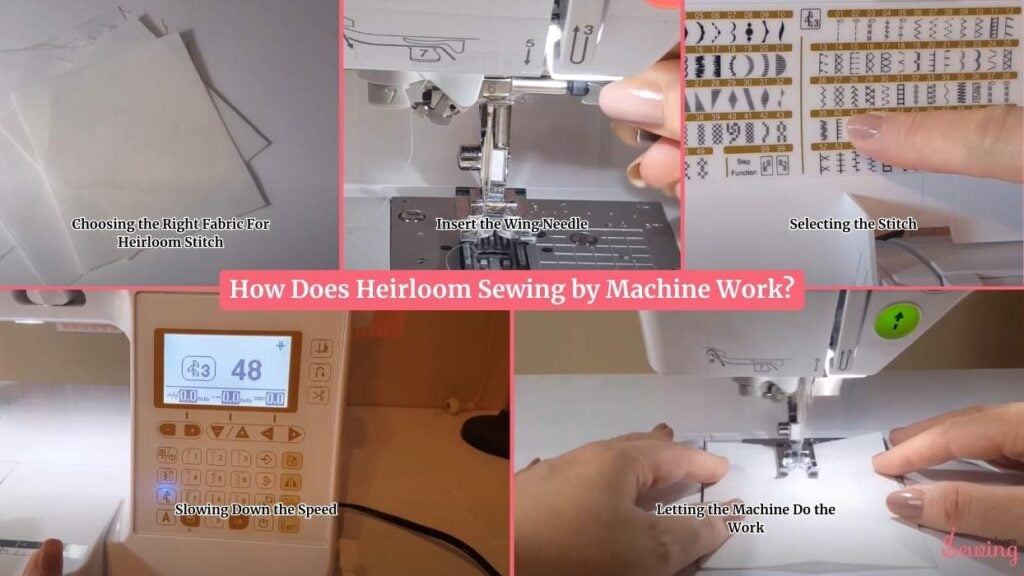
To do heirloom stitch by sewing machine, you need to follow,
Choosing the Right Fabric For Heirloom Stitch
Before I even thread the machine, I make sure to pick the right fabric. For heirloom stitching, lightweight natural fabrics work best. So, I avoid anything too thin, like broadcloth or too thick, like denim or twill. Today, I’m using 100% cotton, which I’ve stabilised beforehand.
To stabilize it, I’ve got 2 options:
- A spray stabiliser, which I lightly mist over the fabric. I sometimes even use this for Chevron Stitch.
- Or a water-soluble stabiliser, which I lay underneath the fabric. I do this for the keyhole buttonhole, too.
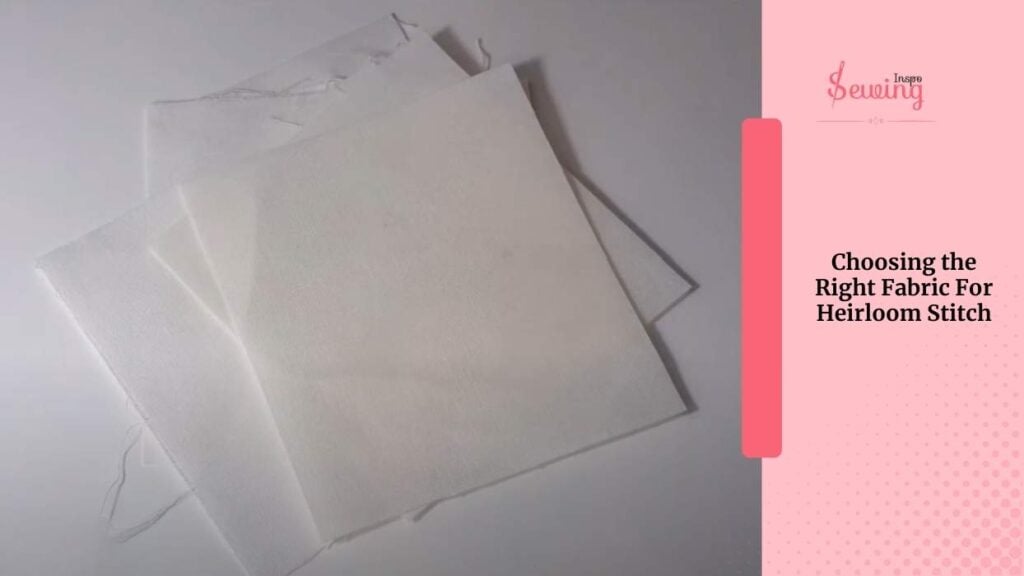
Once I’m done stitching, I can spritz the back with water, and it completely dissolves. Using stabiliser is important. Cause it keeps my stitches flat and prevents puckering while the fabric feeds through the machine.
Insert the Wing Needle
For heirloom stitching, I swap out my regular needle for a wing needle.
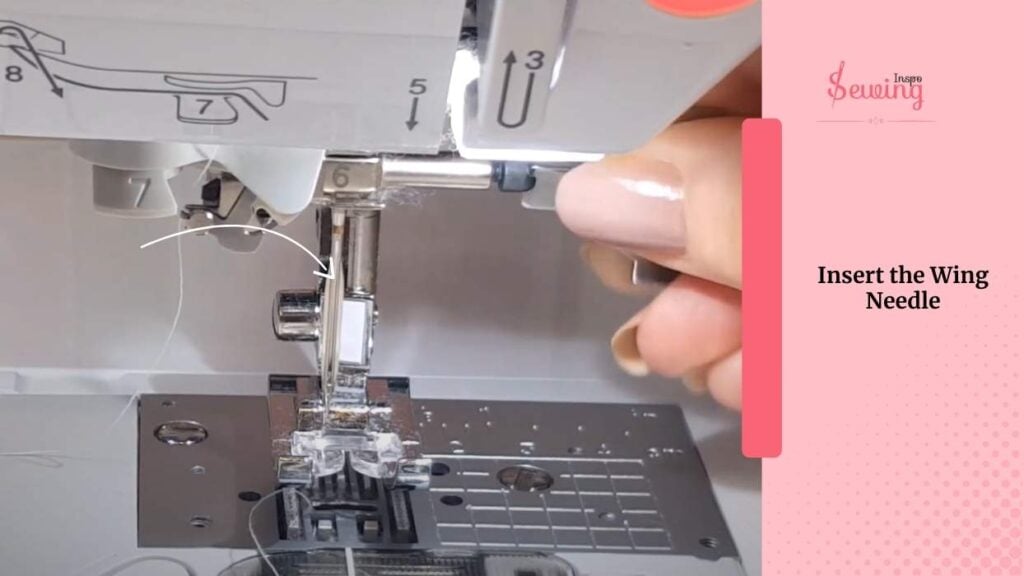
I insert the needle with the flat side facing the back of the machine and the curved side toward me. Since it’s not compatible with the automatic needle threader, I thread it by hand.
Selecting the Stitch
On my Baby Lock Soprano, there are several built-in heirloom style decorative stitches. Some of the ones I can choose from include stitch numbers:
40, 42, 45, 46, 48, 54, 56, 57, and 58.
For this project,
I chose stitch 48, which creates a soft honeycomb-style pattern. I select it by pressing the stitch menu button, typing in “48,” and my machine shows me the stitch pattern right on the screen.
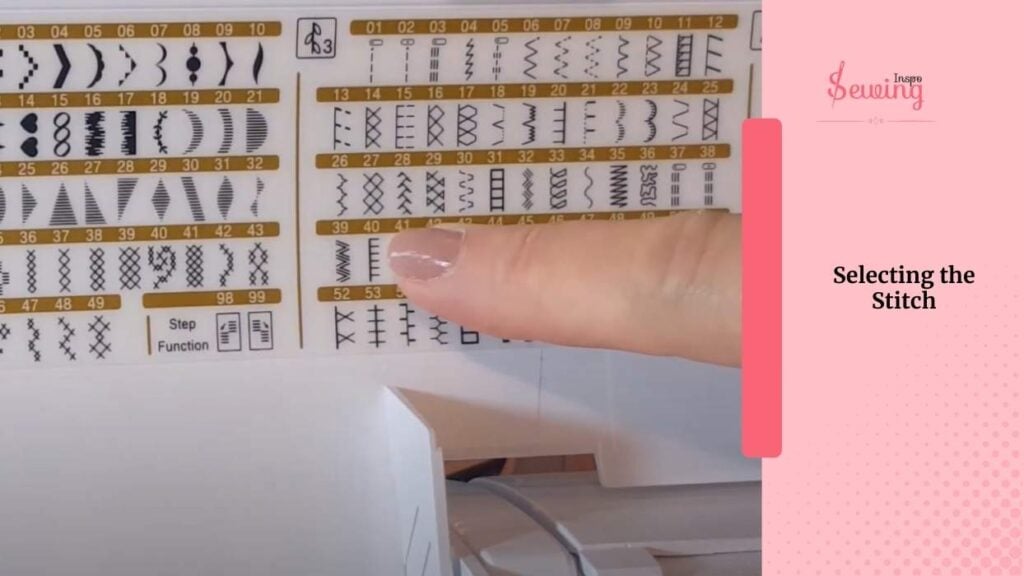
It also tells me to use the presser foot “N”, which is designed for decorative stitching. I attach it, and I’m ready to sew heirloom stitches.
Slowing Down the Speed
Before I begin stitching, I lower the machine speed. These decorative stitches work best when sewn slowly and steadily. I’m not tugging the fabric. Just guiding it gently to stay on a straight path. I use this slow method for Smocking Stitch too.
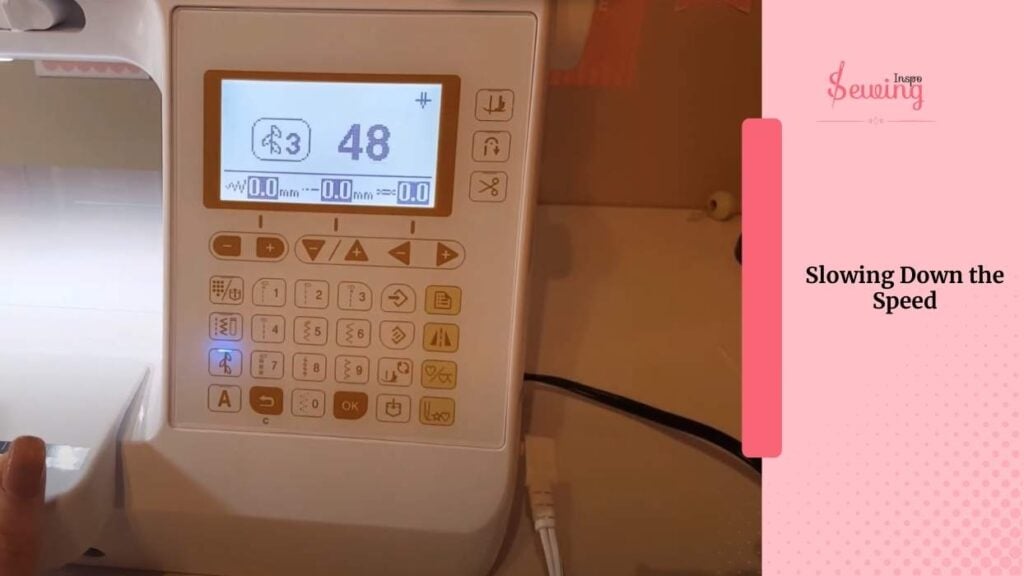
I align the centre of my fabric under the needle and follow my pressed guideline down the block. That’s how a lockstitch sewing machine functions, too.
Letting the Machine Do the Work
As I start sewing, I can see the needle moving backwards and forward, building the decorative pattern. I’m careful not to pull or stretch the fabric. I just keep a light hand and let the machine do its thing.
Because this stitch creates a repeating pattern, I use the “pattern end” button on my machine.
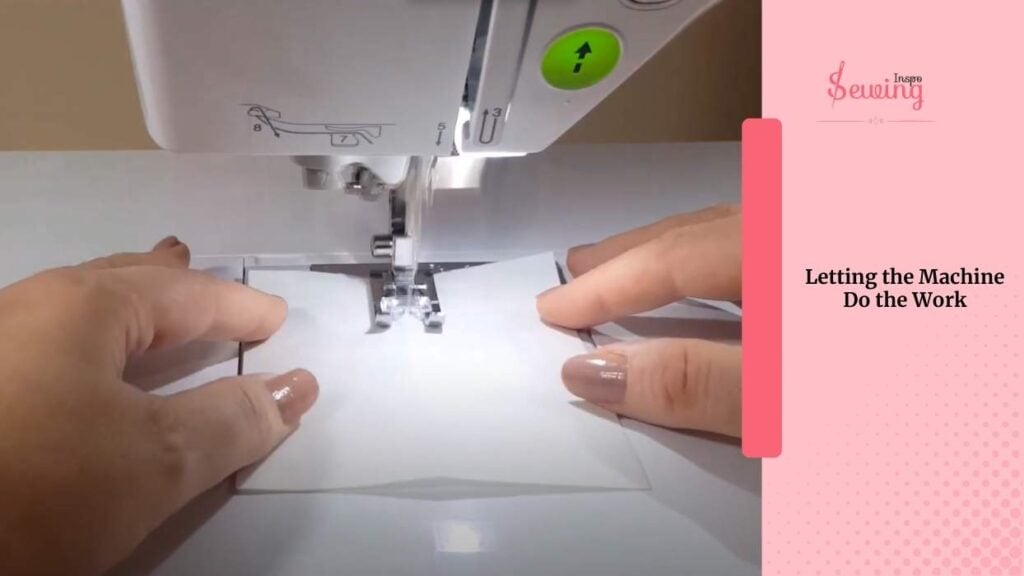
This tells it to finish the stitch it’s on before stopping, so I don’t cut it off mid-design. And that’s it, you got your heirloom stitch on the machine. It sounds so impossible to do it on a machine, right?
But it’s not that hard. In fact, it’s easier than hand stitch versions. If you are unclear about something, then watch this tutorial by Faodail Creation Sewing and Quilting
How to create an Heirloom Stitch on your sewing machine Sewing tutorial
How Does Heirloom Sewing By Machine Work Pdf
All done? Then learn how to end a stitch sewing machine to end it perfectly.
Are Heirloom Sewing Techniques Easy?
Heirloom sewing techniques aren’t exactly “easy,” but heirloom stitching not impossible either. They just need patience and precision.
Once you get the hang of fine stitches, lace insertion, and delicate fabrics, it becomes quite enjoyable and rewarding.
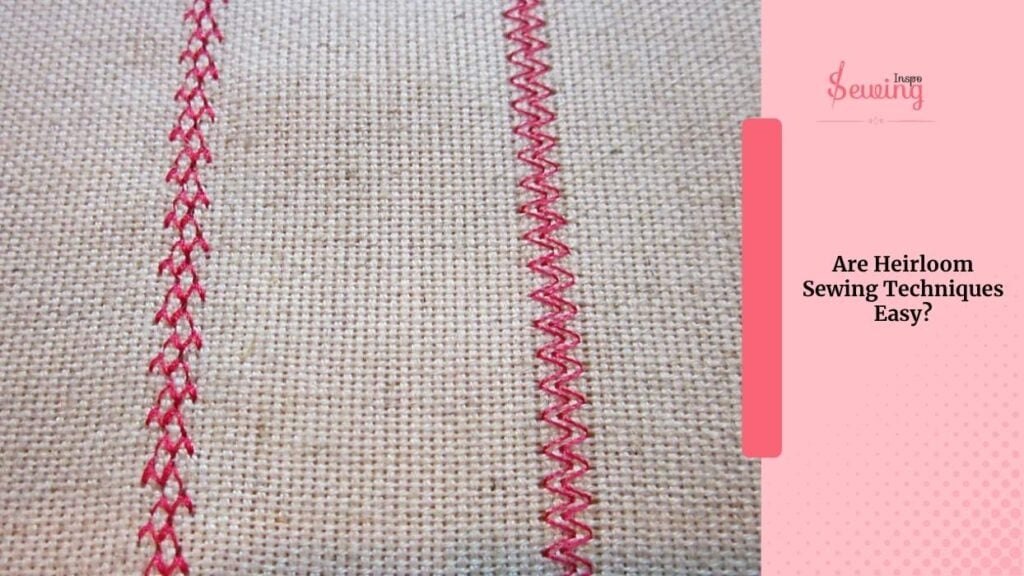
Frequently Asked Questions
What kind of fabric works best for heirloom sewing?
I usually go for 100% cotton, cotton batiste, voile, or lightweight linen. These fabrics are thin enough for the stitches to show nicely but strong enough to hold shape. Anything too thick (like denim or twill) or too flimsy (like broadcloth) doesn’t give the same results.
Do I need to stabilize my fabric?
Yes, always stabilise your fabric to prevent puckering. You can use a spray stabiliser or a water-soluble stabiliser underneath your fabric. It helps your machine form clean, even stitches, especially when using a wing needle.
What needle do I need for heirloom stitching?
I use a wing needle (usually size 100/16 or 120/19) for the classic heirloom look. It creates little holes in the fabric, just like hand-stitched heirloom work. If I’m doing pintucks, I switch to a twin needle.
Final Thoughts
Seeing all these stitches come together is so satisfying. From the simple honeycomb pattern to the ribbon-insertion ladder stitch, I now have a few samples I can use on future heirloom projects like table linens, keepsake gifts, christening items, or vintage-style blouses.


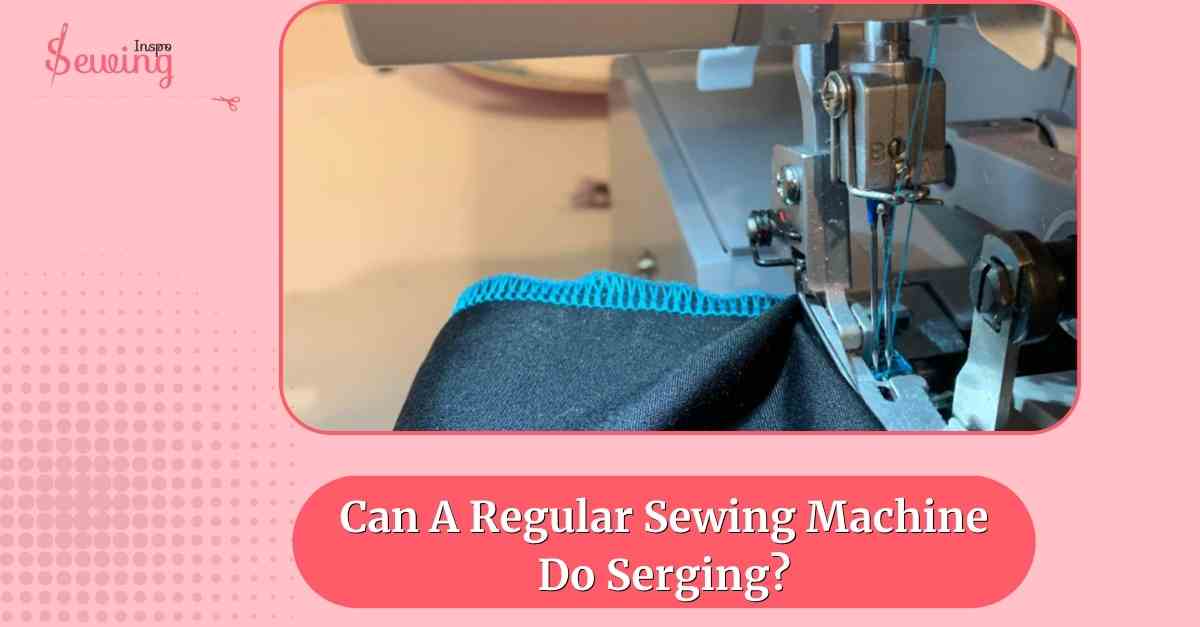
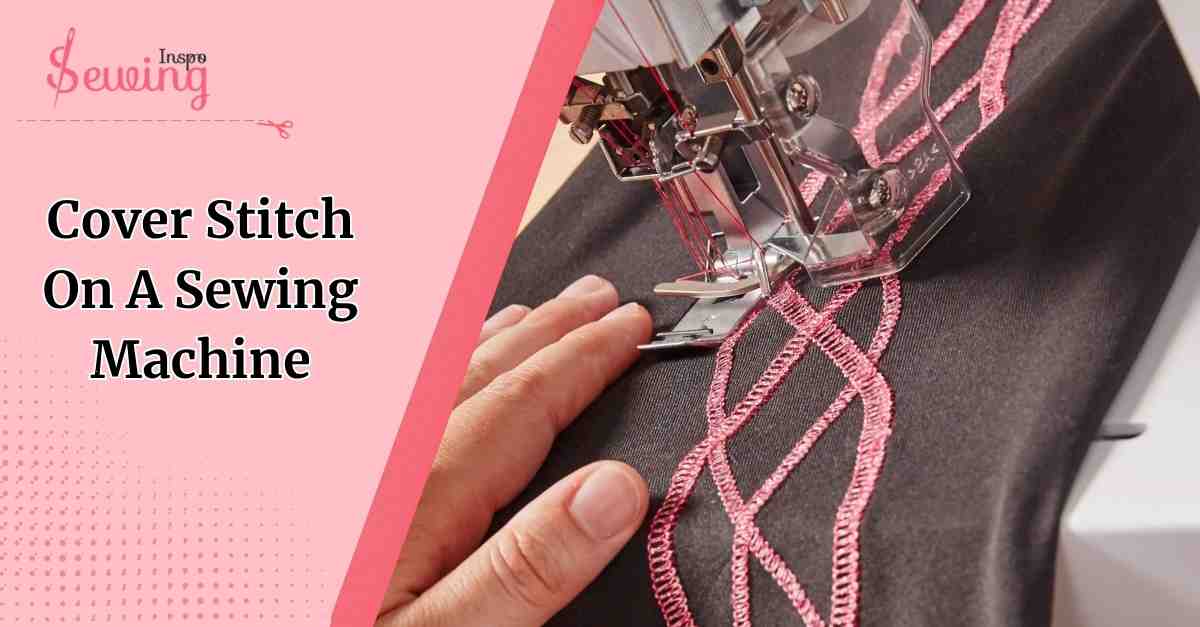
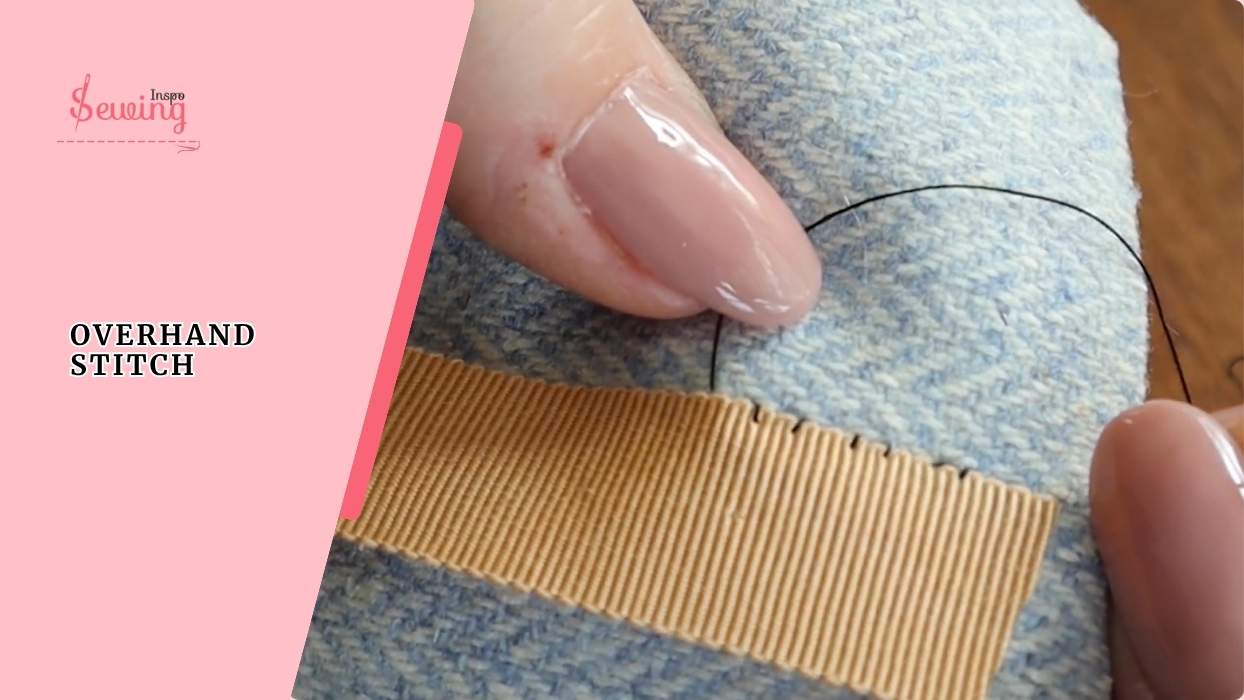
Leave a Reply